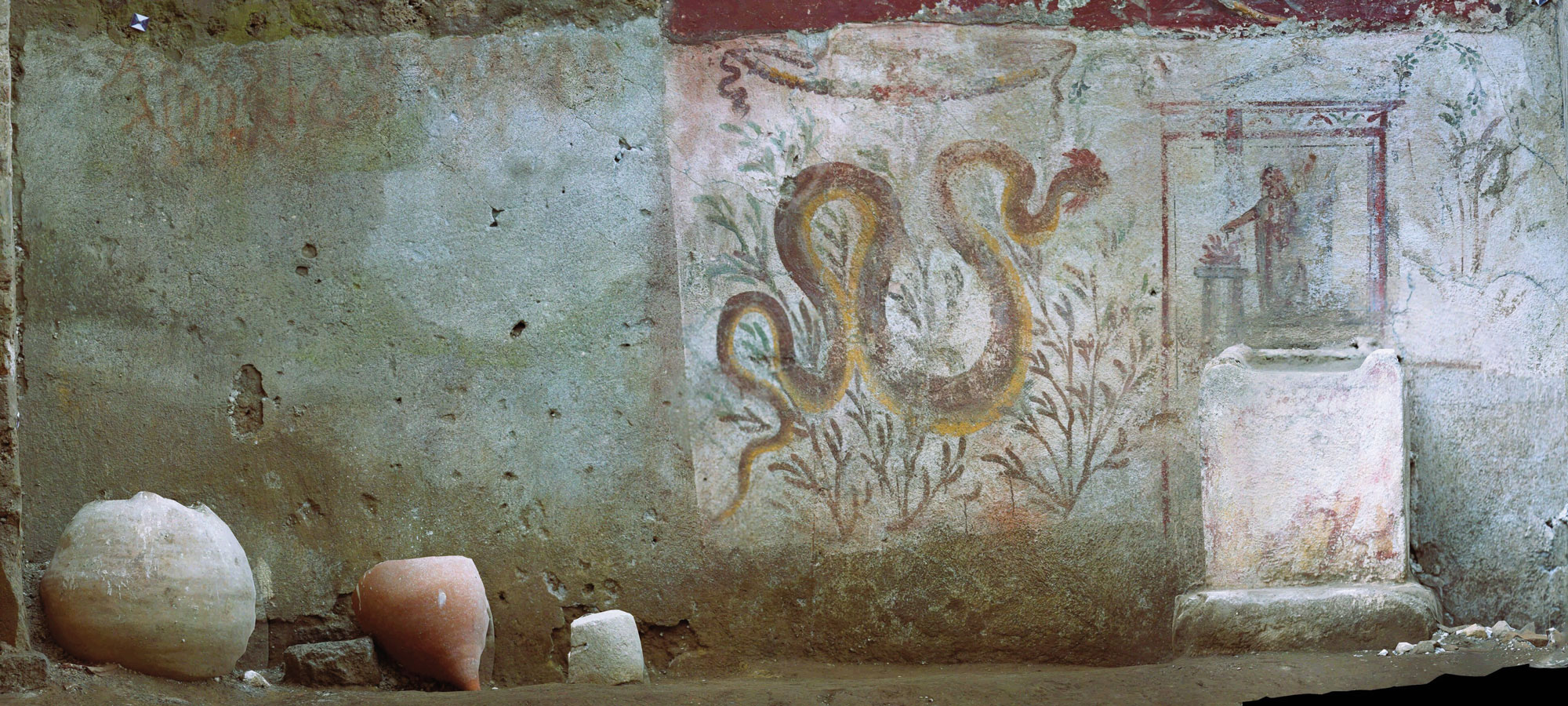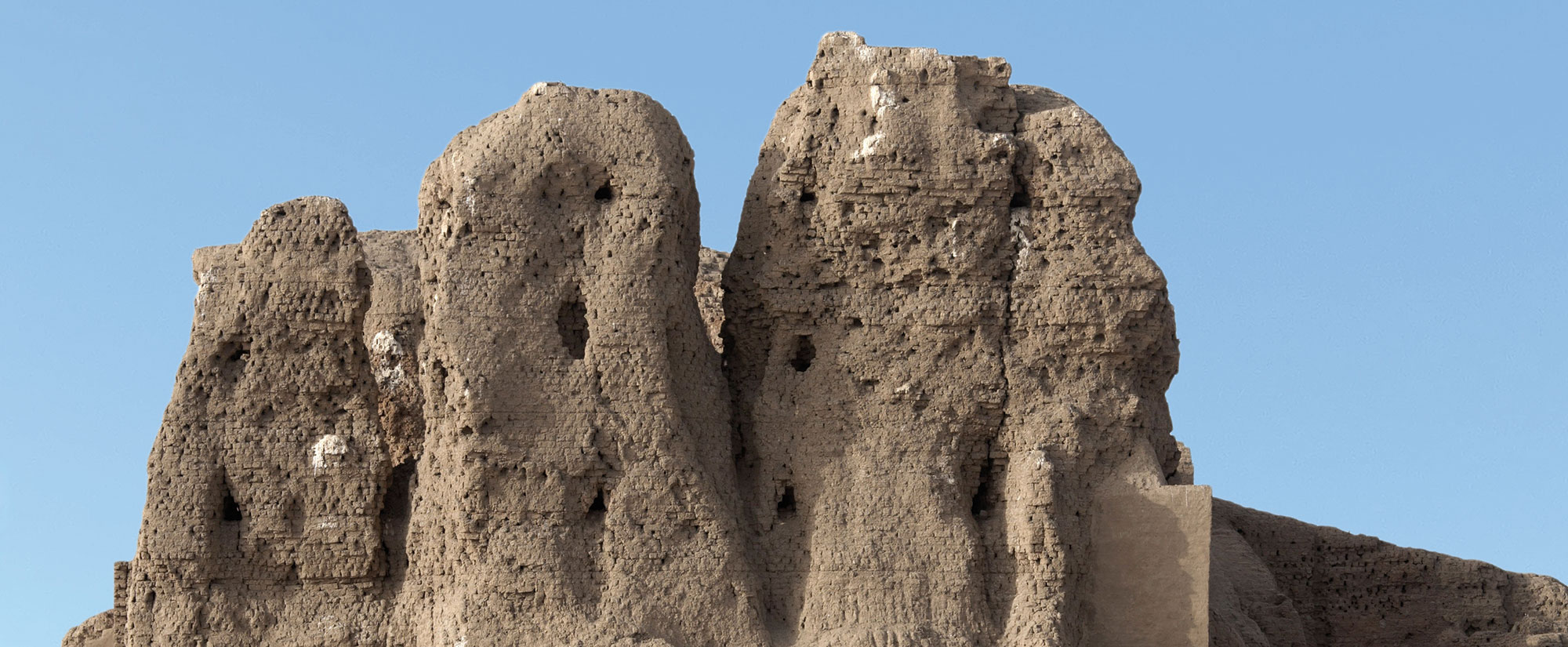
TAMPA, FLORIDA—According to a statement released by the University of South Florida, an international research team has determined that trench fever originated thousands of years before World War I, during which approximately 500,000 soldiers contracted the disease. The fever was first documented among British Expeditionary Forces in 1915. However, the scientists have detected traces of Bartonella quintana, the bacterium that causes the disease, in the teeth of 145 civilians and soldiers interred at nine archaeological sites from the first through nineteenth centuries A.D. About 20 percent of the remains, including those of individuals buried in the third and fourth centuries in a Roman cemetery at Syracuse, Sicily, contained the bacterium. Although trench fever was most prevalent during the World Wars, people today, especially those who are homeless, still contract the disease through contact with body lice. Read the original scholarly article about this research in PLOS ONE. To read about graffiti marking Great Britain's entrance into World War I, go to "Bicycles and Bayonets."











